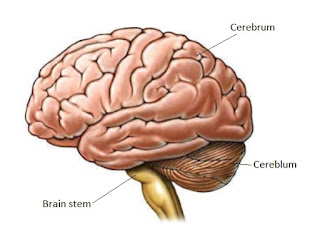There are number of ways our brain cells can give to neuroplasticity:
- Neurons connections.
The connections between the neurons, or synapses, within our brain will become stronger with use. The more we use them, the more they produce neurotransmitters and the stronger the dendrites conduct the electrical signal. On the contrary, synapses that are seldom or never been used will slowly become weak and eventually disappear. - Formation of new synapses.
New synapses will form when we learn something new. When we are learning, the ends of the axons sprout new branches. These axons branches will then come into contact with the dendrites of other neuron next to them. This creates new neuron connections and it will remain as long as they are used. The more the brain is being stimulated, the more new connections will be created. - Neurogenesis.
Recent discoveries have shown that new neurons can be formed in adult brain. This is contrary to the old theory saying that our brain number of neuron does not grow from the amount we are born with. This older theory is now known to be false, because certain areas of the brain such as hippocampus, which has a role for our memory, can generate new neuron until a certain extent of age (quite old). The process is called neurogenesis. These new neurons will then connect to the existing networks and thus new connections are formed.
